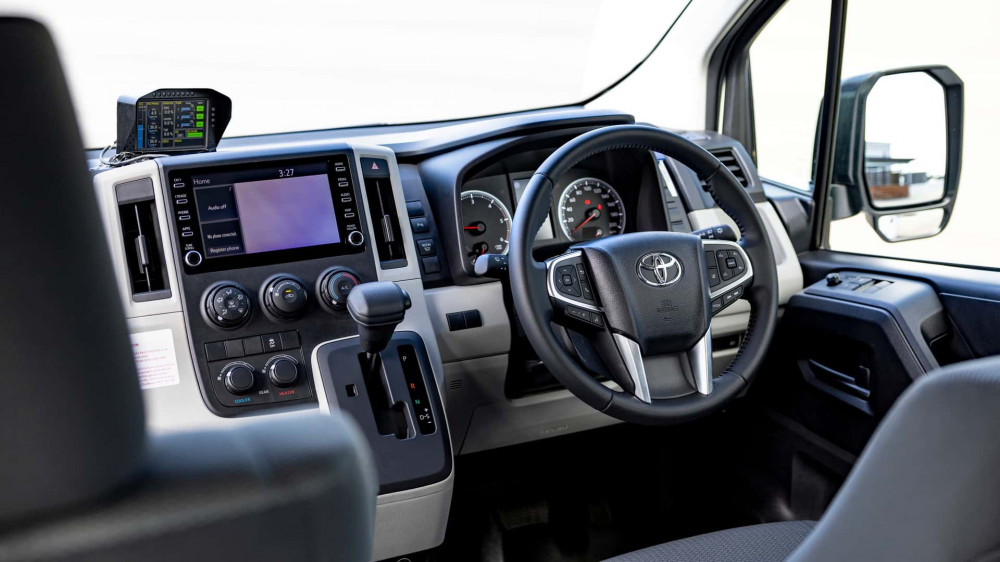Toyota Considers A Combustion-Engined Hydrogen Land Cruiser

by AutoExpert | 13 November, 2023
Toyota is taking a unique approach to achieve zero emissions without completely phasing out the internal combustion engine (ICE). While some automakers, like Porsche, are investing in synthetic fuels, Toyota is focusing on adapting the traditional ICE to run on hydrogen.
This innovative approach has already been put to the test, with the turbocharged 1.6-liter engine of the GR Yaris and GR Corolla being used in motorsport events. But wait. It's not just high-performance cars that are getting the hydrogen treatment.
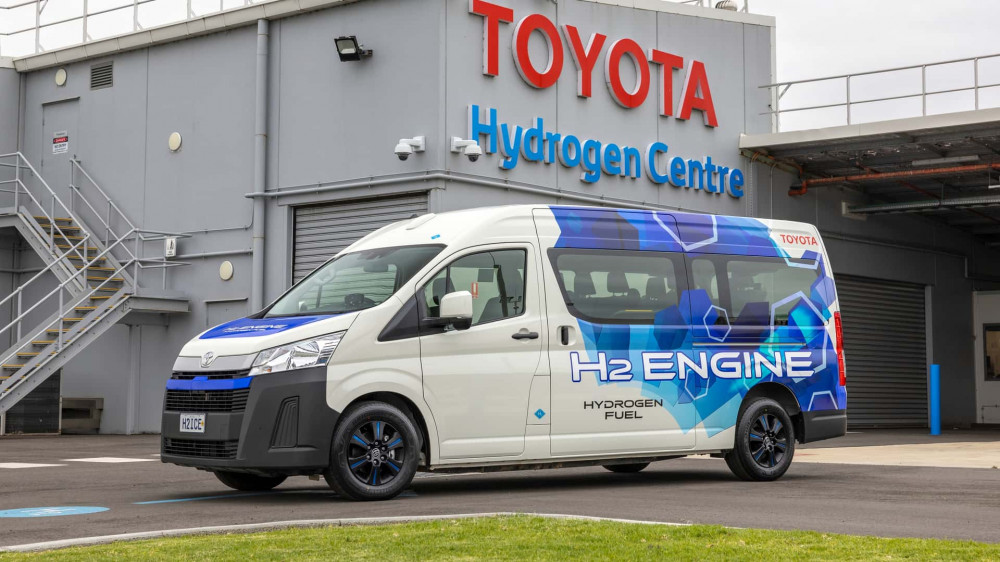
Toyota has modified the utilitarian HiAce van to run on hydrogen instead of traditional gasoline or diesel. This modified HiAce is part of a pilot program in Australia, where several local companies are using the vehicles in real-world conditions. The heart of this workhorse is a turbocharged V6 engine borrowed from the Land Cruiser LC300, and power is delivered to the rear axle through a ten-speed automatic transmission.
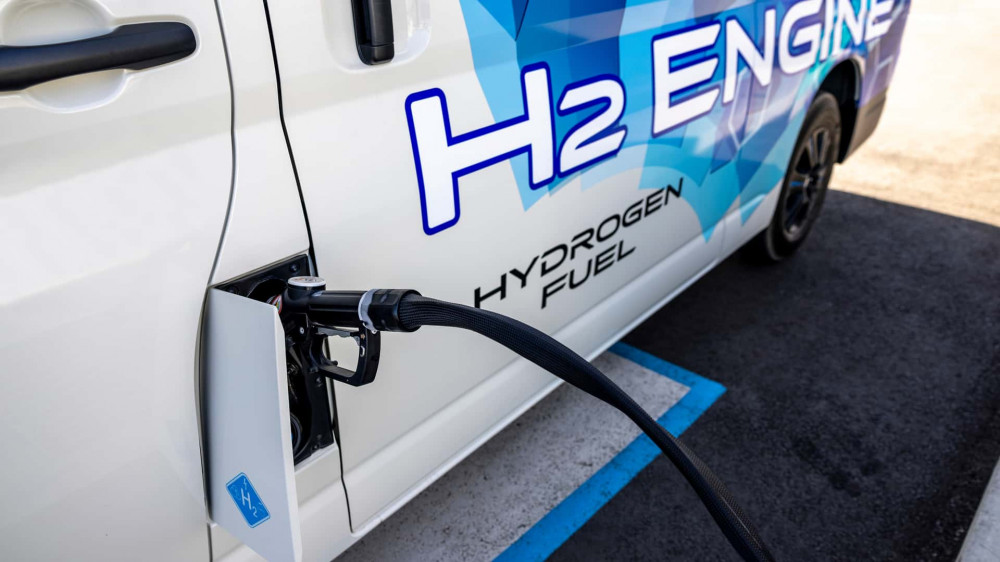
During the launch of the Hydrogen HiAce in Australia, Toyota expressed its belief that this technology could also be applied to the Land Cruiser and other large vehicles designed for towing and carrying heavy cargo. According to Hydrogen Factory President Mitsumasa Yamagata, "There are possibilities to adapt hydrogen-fueled engines into those big vehicles, including the Land Cruiser. This advantage of the technology can be utilized for those vehicles, including those that are used for heavy towing and heavy loading."
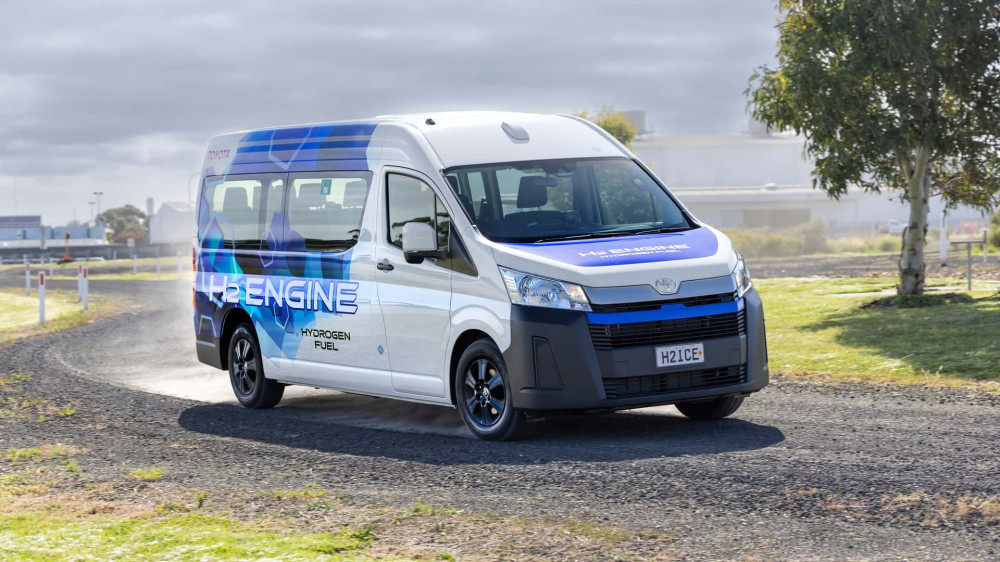
Toyota has been working on hydrogen-fueled combustion engines since 2017 and introduced the technology four years later, when a Corolla Sport competed in four rounds of the Super Taikyu series. In the case of the HiAce, the ICE is detuned, producing 161 horsepower and 261 lb-ft of torque. In comparison, the regular Land Cruiser LC300 boasts a 3.4-liter twin-turbo V6 engine that generates 409 horsepower and 479 lb-ft of torque.
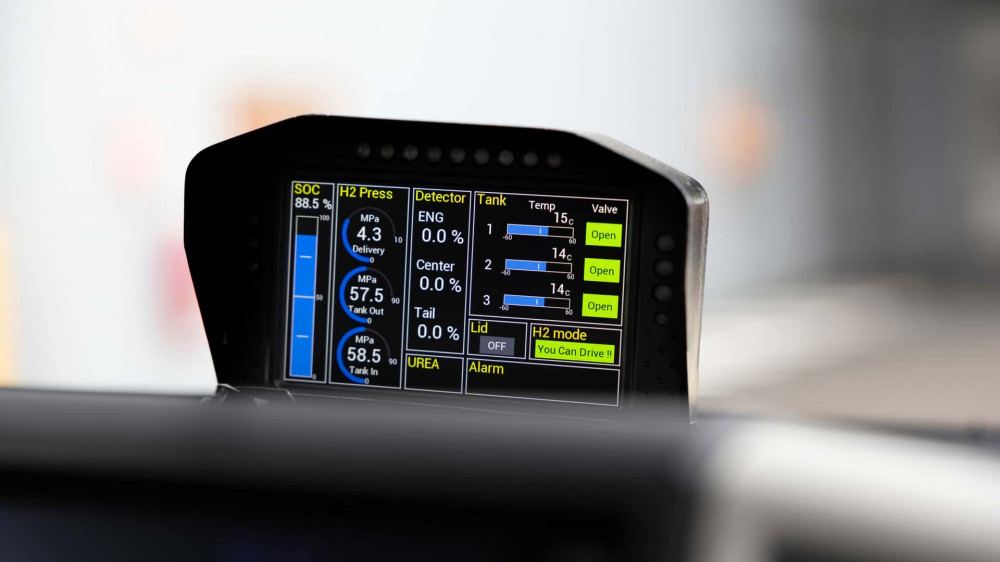
Toyota is not only working on optimizing fuel storage but also tweaking the combustion process and exploring the possibility of adding hybrid technology to improve efficiency. In terms of design, the internal combustion engine is placed at the front of the vehicle, while the hydrogen fuel tanks are mounted underneath the floor. However, the HiAce's hydrogen range is currently limited to less than 124 miles.
